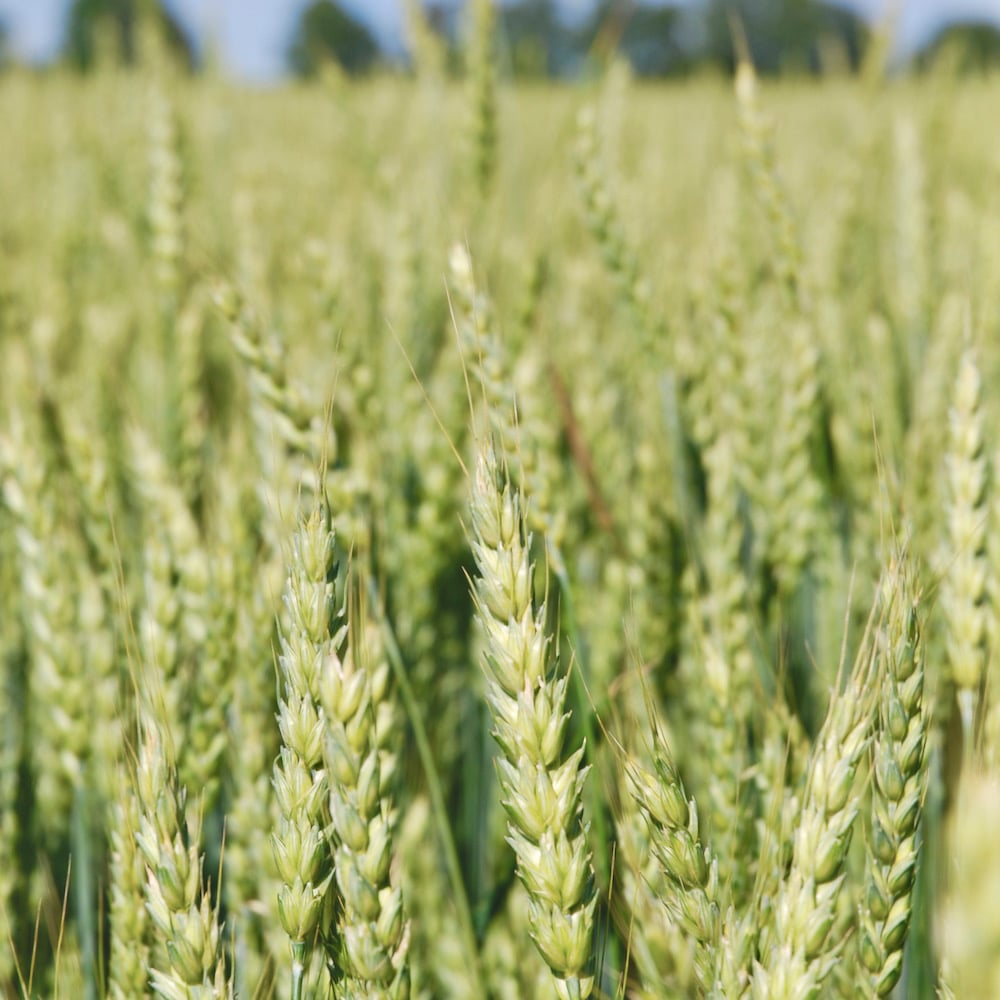Nutritionally, edible beans’ protein and fibre levels have made them a fan favourite among dieticians, “foodies” and health-conscious consumers. Yet from a production perspective, their acreage is only a fraction compared to corn, canola, wheat or soybeans.
In Ontario, the acreage of white pea (navy) and coloured beans has been inconsistent since 2015, from a combined 169,200 acres harvested in 2020 to a low of 110,500 acres estimated this year.
Yet according to statistics from Ontario Bean Growers, 80 to 90 per cent of provincial production is exported to markets including the U.S., Mexico and the United Kingdom among others, meaning they like what we grow. And economically, Statistics Canada says Canadian dry bean production was worth $178 million in farm cash receipts in 2020.
Read Also

Could crop sharing be a viable option for your farm?
Crop sharing could be a good option for young and beginning farmers.
Also on the plus side, there have been reports of production shifting to the Temiskaming region to go along with efforts to promote consumption here at home.
[RELATED] Pulse weekly outlook: Manitoba’s dry beans, peas show strong yields
Nutrition boost
That would be good news, but Frédéric Marsolais is working on making it even better. As a research scientist in genomics and biotechnology at Agriculture and Agri-Food Canada’s London Research and Development Centre, he’s part of a group of Canadian and U.S. researchers who have been studying the protein composition in edible beans. They’ve used molecular techniques and genetic trait mapping to determine two amino acids — methionine and cysteine — are at levels so low that they impede protein quality. By manipulating the composition of specific proteins, they could boost the levels of both.
The work was performed with white pea (navy) beans, yet Marsolais says the results would apply across all types that are part of the common bean classification, including dark and light kidneys, pintos, black beans and adzukis. The work might later improve protein concentrations in closely related legumes such as peas and lentils.
“The discovery is specific to the legumes like common and dry beans that accumulate large amounts of non-protein sulphur amino acid, S-methylcysteine in the seed,” says Marsolais. “From a biofortification and nutritional improvement standpoint, there is interest in applying this knowledge to enhance the protein quality of beans.”
[RELATED] Weeds in edible beans
Major collaboration
The key discovery came from researchers’ efforts to boost methionine and cysteine levels, and in doing so, raise the protein profile in white pea beans. They used a blend of conventional breeding techniques along with biotech tools to assess their results and have established two germplasm lines which can be used for benchmarking and as a guide for future research and applications.
“We’ve used conventional breeding like crosses and building populations of recombinant inbred lines, and then used genome mapping to identify molecular markers that are linked with the trait,” says Marsolais. “We’ve also used molecular analysis to identify the relationship between the genetic loci and the determination of the trait.”
The work could raise protein quality, which could become an important trait for consumers in Brazil and some sub-Saharan African and Central American countries who rely on edible beans as a dietary staple. It might also benefit those in the U.K. who make beans part of their daily diet.
In North America, the improvement could help with nutritional claims on protein content, including where either bean or bean ingredients are used in the manufacturing of foodstuffs.
Marsolais has been a co-author of two research papers dealing with cysteine and methionine levels in common beans (Phaseolus vulgaris and Vigna angularis). Among the many participants in the second project were Anfu Hou and Robert Conner from AAFC Morden Research and Development Centre, James House from the University of Manitoba, and Phillip Miklas and Qijian Song from the United States Department of Agriculture’s Research Service. The project also has the support of Manitoba Pulse and Soybean Growers.
Germplasm available
Marsolais and other participants have done extensive fieldwork and have found the alterations to the amino acids in what they’ve developed to be a stable characteristic in the field. Those germplasm lines have been deposited at Plant Gene Resources of Canada’s location at the Saskatoon Research and Development Centre and are publicly available to any company or breeder. In their current state, they could be adapted to Canadian growing conditions, but Marsolais says they’re best-suited to development under Manitoba growing conditions.
With the pathway for enhancing proteins now established in germplasm lines, it would be possible to adapt the technique to improve protein quantity and quality in newer varieties, as well as existing ones through backcrossing. It would be a simple matter of introducing those loci that could modify the protein enhancement in any genetic background.
The plant-based protein market could be another area for development using these germplasm lines, and Marsolais notes that as a higher-value crop, it could become more adaptable to climate changes.
“Understanding how protein accumulation works at the molecular level enhances our overall knowledge of how beans form the amino acids that are instrumental to their protein content and quality from a nutritional standpoint,” he adds. “This research could one day translate into practical applications including improved bean breeding for uses in the plant protein sector.”
















